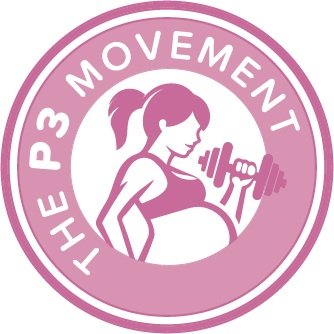Diastasis What? Understanding Your Postpartum Core Gap
You’ve heard the word. Maybe even Googled it late at night.
But what exactly is diastasis recti—and should you be worried about it?
Here’s the deal:
It’s common.
It’s manageable.
And you don’t need to panic—you just need to understand it.
What Is Diastasis Recti?
Diastasis recti is the separation of your abdominal muscles (specifically the rectus abdominis) along the midline.
It happens during pregnancy to make space for your growing baby. Totally normal, right?
The issue?
Sometimes that gap doesn’t close on its own. And that can lead to things like
Core weakness
Back pain
A lingering “doming” or pouch through the belly
Difficulty with traditional core exercises
How to Tell If You Have It
A proper diagnosis should come from a pelvic floor physio or postpartum-trained professional. But here are a few signs to watch for:
A visible ridge or bulge down the centre of your belly when sitting up
A soft gap you can feel between your abs
Your stomach coning or doming during movement
A general feeling of core instability
If you notice any of these, don’t panic—just adjust.
What to Do Instead
Your goal: reconnect and rebuild from the inside out.
Start with:
360 breathing to engage the deep core
Heel slides and single leg lifts with control
Glute bridges with core activation
Dead bugs (modified, no coning!)
Focus on posture, alignment, and breath
This isn’t about flattening your stomach—it’s about restoring function.
Can It Heal?
Yes!
For many women, diastasis recti can improve significantly with consistent, appropriate training.
In some cases, it may never fully close—but that doesn’t mean your core can’t be strong, stable, and functional.
The key is progressive, intentional movement, and avoiding exercises that worsen pressure on the midline.
When to Seek Professional Help
See a women’s health physio if:
You’re unsure what’s safe
Your core feels disconnected no matter what you try
You’re experiencing leaking, pain, or major instability
A trained eye can assess your healing and give you a personalised plan.
Bottom Line: You’re Not Broken
Diastasis recti isn’t a failure—it’s just part of your body’s transition.
With the right support, you can reconnect to your core, move confidently, and feel strong in your skin again.
My postpartum program is designed with core recovery in mind, especially throughout the first 3 weeks of postpartum. Try the first 3 weeks absolutely free!






